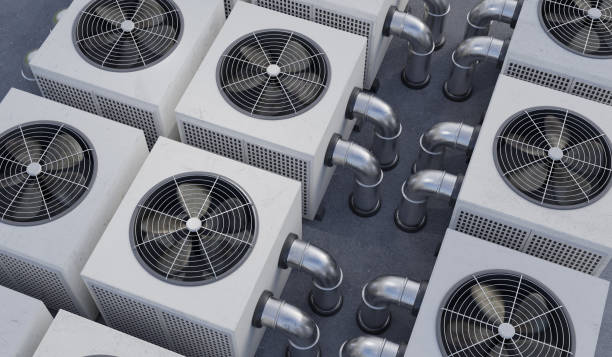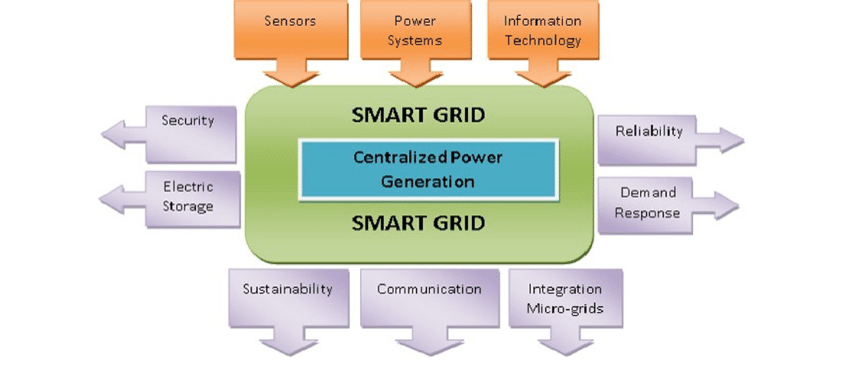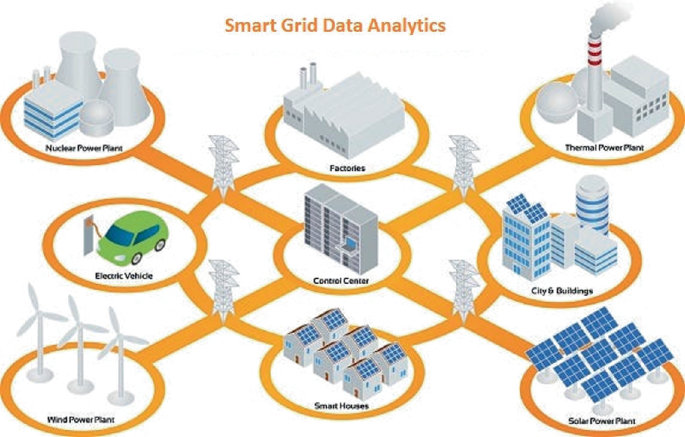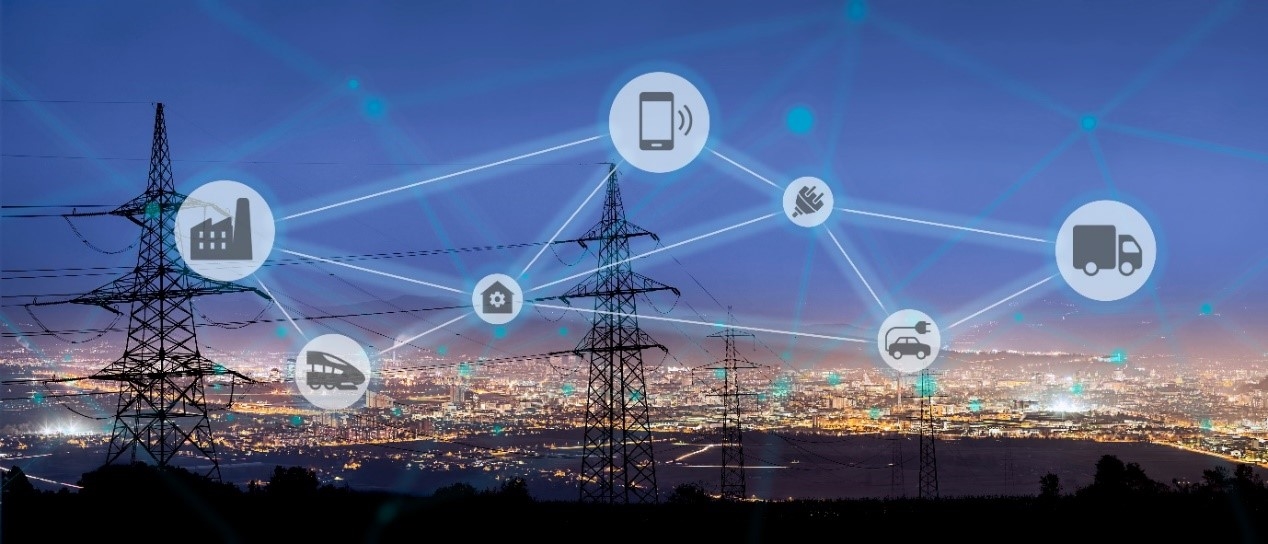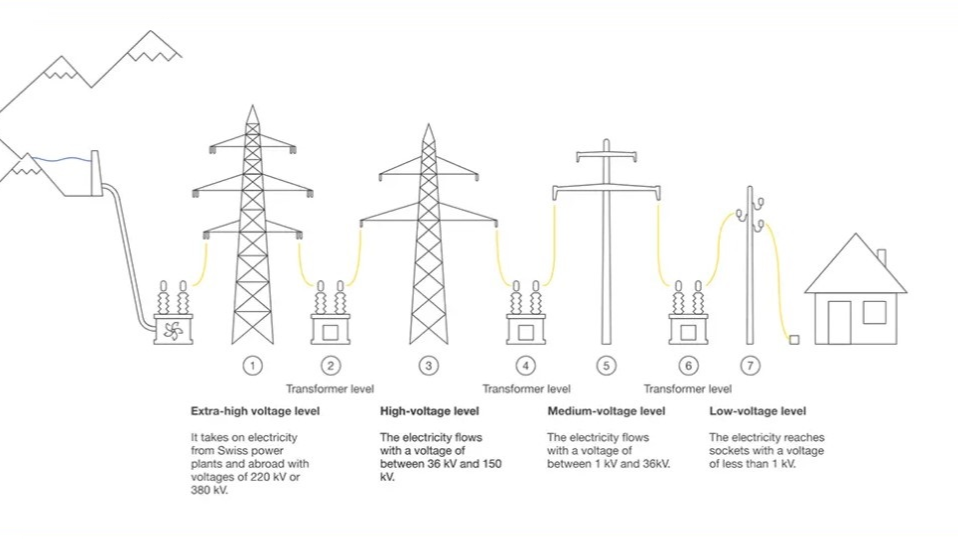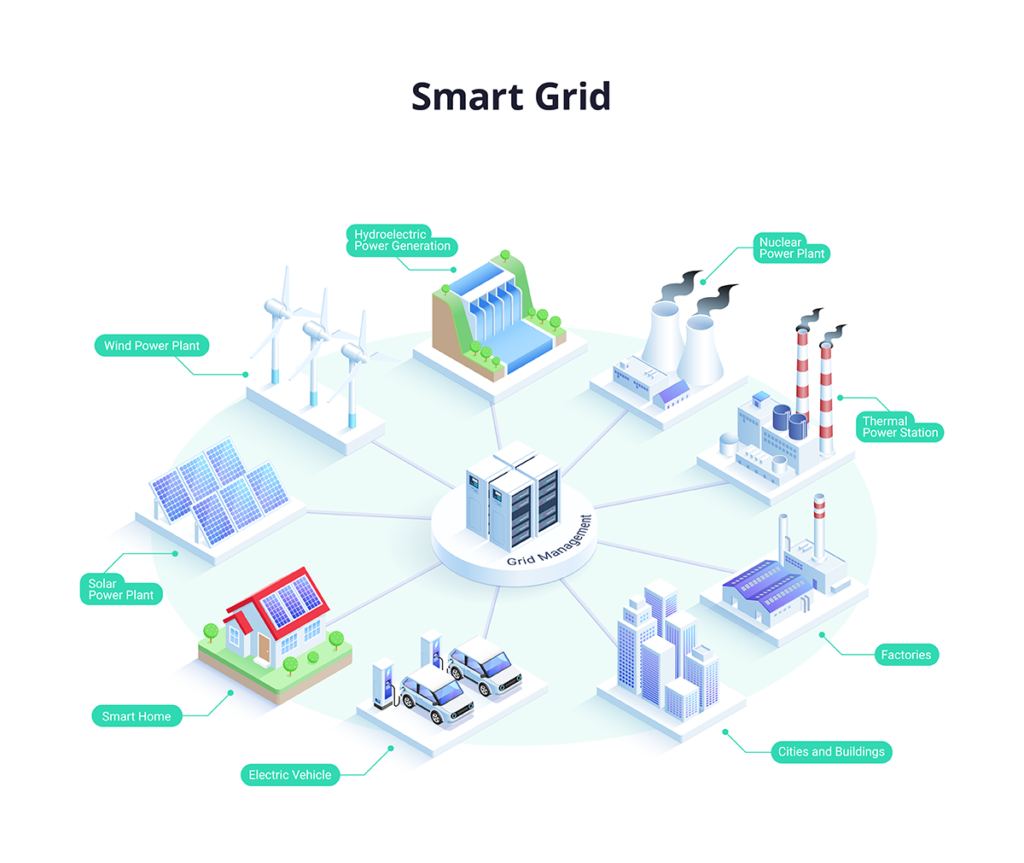Defect categories and response time
Urgent defect: A condition that directly threatens safe operation and requires immediate action, with potential for equipment damage, personal injury, widespread outages, or fire. Response should be within 24 hours.
Major defect: A condition that poses a serious threat to personnel, the network, or equipment, but the asset can still operate; if not handled promptly it may cause an accident. Response should not exceed 15 days (some grid operators require 7 days).
General defect: A condition that is unlikely to degrade into a major defect in the short term; it affects operation but the asset can continue to run. Response window: up to 6 months.
Emergency transformer defects (require immediate attention)
- Severe failure of the cooling system that affects rated output or threatens safe operation.
- Core grounding current out of tolerance; adding a series resistor still fails to meet operational requirements and the condition is worsening.
- Severe main tank oil leakage or active oil spray.
- Bushing oil leakage with oil level falling below the lower limit, indicating sealing failure.
- Main tank water ingress.
- Electrical or oil test results that significantly exceed acceptable limits.
- Failure of submersible pump with risk that metallic debris may enter the tank.
- Transformer tank or on-load tap changer (OLTC) oil level indicator reads zero.
Transformer accidents
- An abnormal state that continues to deteriorate and results in transformer tripping or an accident.
- Phenomena that do not meet normal operating requirements and could lead to winding damage or transformer burnout.
- Visible hazards such as sparks, intense or highly uneven sounds, or explosive noises from the transformer.
- Transformer fire.
Abnormal states requiring immediate de-energization
Electrical and magnetic system
- Marked increase in transformer noise level, abnormal or uneven noise, or internal explosive sounds.
- Specific abnormal noise types and likely causes:
- Uneven "hum": overvoltage, overcurrent, or phase loss.
- Intermittent "cutting" sounds: sudden large load increase.
- Hammering or wind-like "clanking" or "whoosh": loose internal components.
- Clear "rustling" or "scraping": external shell contacting other objects.
- "Hissing" or "sizzling": corona or glow discharge.
- "Crackling" discharge: winding short-circuit or insulation breakdown; severe winding short-circuits may produce a large roar.
- Tank "gurgling" noises: localized oil boiling due to internal short-circuit heating.
- Severe bushing damage with discharge activity.
- Lightning arrester explosion to ground.
- Winding short circuit, core-to-ground or open-circuit faults.
Oil circuit and cooling system
- Forced oil circulation or fan-cooled transformer cooling system failure that cannot be promptly rectified, such that the required number of coolers per manufacturer cannot be placed in service while the unit is under high load; or operation with all coolers taken out for more than 1 hour.
- All coolers in service but oil or winding temperature high alarm active.
- Transformer or OLTC emitting smoke or flames.
- Oil spray from the tank or bushings, severe oil discoloration, or presence of carbonaceous material in the oil.
- Severe tank or bushing oil leakage or spray that reduces the oil level to the indicator lower limit.
Monitoring and auxiliary systems
- OLTC operating mechanism, limit switches, or indicators fail; or discharge sounds are heard inside the tap-changer oil chamber.
- Any transformer side loaded beyond specified multiples or durations, or temperature that rises abnormally under normal load and cooling conditions, causing top-oil temperature to exceed 85°C.
- A fault endangering transformer safety where the transformer protection devices fail to operate.
- Other conditions that endanger transformer or personnel safety, or situations specified by on-site operating procedures, such as a nearby fire.
 ALLPCB
ALLPCB


